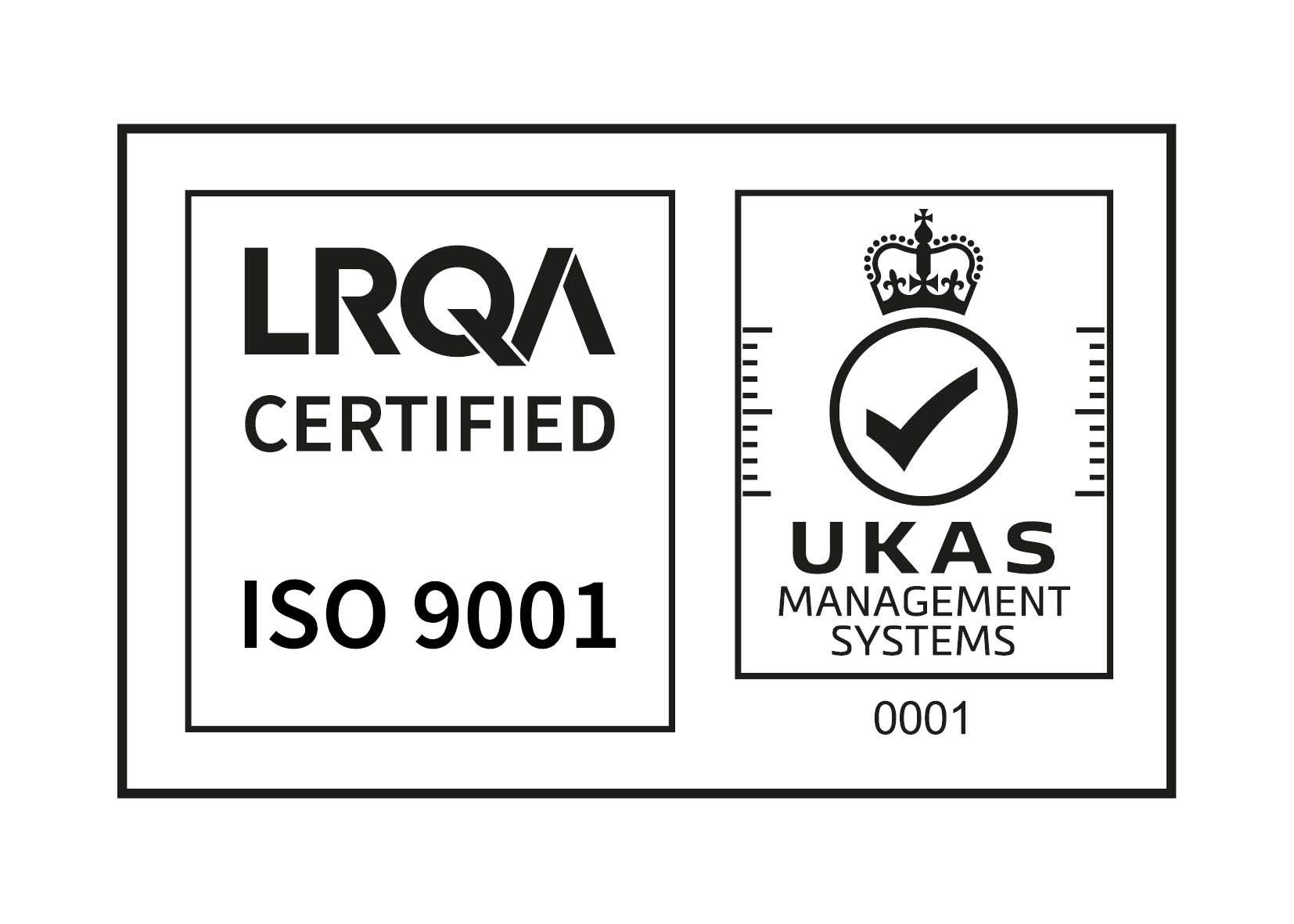FEED studies: What are they and why are they important?

FEED studies: What are they and why are they important?
Date: 04th February 2025
In any engineering project, especially in complex environments like chemical plants, proper planning is everything. It’s what separates smooth, successful execution from unexpected delays, costly mistakes, and potential safety hazards. Front-End Engineering Design (FEED) studies are one of the best ways to ensure these are the case.
But what exactly happens during a FEED study, and why is it so essential in industries like chemical engineering?
What Are FEED Studies in 3D Laser Scanning?
A FEED study is an important planning phase in engineering projects that defines all design aspects before construction begins. Chemical plants are increasingly using 3D laser scanning within FEED studies to capture precise as-built layouts of the existing site, creating a digital twin of the plant. This makes it much easier to design new piping systems, spot any potential clashes, and fine-tune layouts before anything is built. By tackling these issues early, FEED studies save time, money, and headaches down the line.
When it comes to piping design, using 3D laser scanning within your FEED study gives everyone involved (such as designers, fabricators, and contractors) a clear picture of what’s going on. This makes communication smoother and helps to avoid missteps. Plus, it ensures safety standards are met and reduces surprises during construction. With fewer delays and more accurate cost estimates, a FEED study helps keep the project on track and gives everyone peace of mind.
The Importance of FEED Studies
To understand the importance of FEED studies, imagine trying to renovate a century-old house. You want to add a new bathroom, but you have no idea where the pipes are, where the wiring runs, or which walls are load-bearing. Without accurate blueprints, you risk drilling into essential systems, causing damage, and wasting time and money.
Now, scale up this problem to a chemical plant. Instead of a burst water pipe, a miscalculation could lead to costly downtime, environmental hazards, or even safety risks for your workers. In the same way that renovating a house without a blueprint is a recipe for disaster, skipping a FEED study in a chemical plant sets the stage for preventable problems.
How 3D Laser Scanning Supports FEED Studies
Let’s break down the process:
1. Scanning the Plant: Laser scanners can be used to capture the precise dimensions and layout of the plant, including pipework, equipment, and structural elements. These scanners can access hard-to-reach areas, ensuring no detail is missed.
2. Processing the Data: The captured data is transformed into a detailed point cloud, which is then used to create a 3D model of the plant. This digital twin reflects the as-built conditions with remarkable accuracy.
3. Design and Analysis: Engineers use the 3D model to design modifications, simulate workflows, and check for potential clashes or conflicts. This ensures new installations will fit seamlessly into the existing environment.
Why FEED Studies Are Non-Negotiable
Skipping a FEED study might feel like a way to save time, but it’s almost always a costly decision in the long run. Here’s why it’s so important… In a chemical plant, even small errors can lead to big safety risks, and addressing those issues after the fact can be expensive and time-consuming. A FEED study also ensures your designs meet all the necessary industry and safety standards, so you’re not caught off guard later. Most importantly, it gives engineers and stakeholders confidence that the project is built on solid, accurate data.
Starting a project without a FEED study is like heading out on a road trip without a map - you might make it to your destination, but you’re more likely to hit some unexpected bumps along the way. By using 3D laser scanning as part of your FEED study, you get a clear, detailed understanding of your plant’s current layout, setting your project up for success from day one.
So, when you’re planning your next upgrade or retrofit, ask yourself: Do you want to rely on guesswork or have a detailed plan to guide you? If you’re ready to take an informed approach, contact our team today at enquiries@ohare-eng.co.uk.



We are a highly skilled design and project engineering consultancy, based in the North-West, with more than 20 years experience.

All Rights Reserved | O'Hare Engineering Design LTD. O'Hare Engineering Design LTD is a company limited by guarantee. Registered in England No. 10820380
